How to Dry Peaches in a Dehydrator

Peach season...it's the best of summer, maybe the best of us when we are spoiled with delicious peaches. I like to enjoy delicious peach flavors for a long time, so I'm excited to show you how to dry peaches in the dehydrator. It's a great option for when you have too many peaches and have made all the cobbler (is such as thing as enough peach cobbler?)
Peaches are one of my favorite summer foods, and they are probably the only thing that gets me more excited than when I start to see fresh tomatoes at the market.
Dehydrating fruit is one of the easiest ways to preserve summer's bounty. Fresh peaches are at their peak in the summer months. Dried peaches are like candy: sweet and delicious. You can store them for up to a year on your pantry shelf. And don't worry about the calories: dried fruit is full of fiber, potassium, and antioxidants.
So what's the best way to dry peaches? The easiest way to make these fruit snacks is in a food dehydrator. Either way, we'll show you how easy it is to rehydrate your own delicious dried fruit at home!
Peaches are in season during the summer, specifically from July until October. However, peak peach season is August and September, and it's important to keep that in mind when purchasing your peaches. If you don't want to buy out-of-season fruit, it's best to plan ahead and purchase your peaches at least one month before you want to eat them, so they have enough time to ripen on your countertop.
Peaches are harvested in their respective regions between June and November, depending on where they're grown. You can also expect an increase in local peach production around this time because farmers begin harvesting earlier than usual to sell their crop before it spoils under warmer weather conditions (such as those caused by global warming).
Prep the peaches:
It's a personal preference to blanch your peaches in water as a way to help remove peach skin before they head to the dehydrator. I tend to peel the skin off with a knife and save them for when I'm making peach syrup for added color and flavor.
Wash peaches and cut out any brown spots in the peach flesh
using a sharp knife. Peel and slice peaches, then cut them into slices or wedges. If you cut thick peach slices, the drying time may be longer.
Place peach slices on dehydrator trays in a single layer.
Set your dehydrator to 135 degrees for 6-8 hours. (See note below.)
Remove your dehydrated peaches from the drying trays and cool, then store them in an airtight container for long-term storage. I keep them in glass containers until ready to eat or use them in recipes like peach crisps, pies, and cobbler.
Conditioning fruit is the process of equalizing moisture. It's essential to do this before putting your food in the dehydrator because it can reduce the chances of mold growth. Here's how you do it:
Pack your fruit into a glass jar with a lid ( mason jars are perfect for this). Check daily for a week to ten days for any sign of moisture or of the fruit sticking together.
If you hear the food moving freely and even light "click click" sounds, that's a good sign! If the fruit sticks together, it's time to put it back in the dehydrator for another go-around.
If you want to dry your peaches in the oven, you'll need to set it to its lowest temperature. You can turn the dial on your stovetop oven or place the temperature on your electric oven using a control panel.
Put the peaches on a baking sheet so that they don't touch each other and will dry more evenly.
You can do a few things when you're ready to store your dehydrated fruit.
- Store in an airtight container. Ensure the container has a tight seal, so moisture doesn't get in and cause mold growth.
- Store in a dark, dry place. Light and heat degrade food quickly! Keep your dried foods away from windowsills where they may be exposed to sunlight or heaters that could give off too much warmth daily (this is especially important if storing them for long periods).
- In addition to keeping your dried foods away from direct sunlight or other sources of warmth, ensure they're stored in an area with low humidity levels—a basement would work well for this purpose.*
- Choose Peaches with Good Color and Firmness: The best peaches for drying are ones that are ripe but firm enough to keep their shape when sliced. Look for ones that are uniform in color and have smooth skin without any blemishes or bruises.
- Wash Peaches Thoroughly: Peaches need to be washed before they're dried because they often have pesticides
- Use warm water and soap to wash off any dirt on the outside of your peaches and any residue from handling them at the grocery store or farmer's market where they were grown.
- Slice Peaches into Thin Slices: You'll want to slice your peaches, so they're about ⅛" thick (or less). This will help them dry more quickly than if you cut them thicker than that—just make sure not
- Conditioning: A vital part of the drying process is conditioning—allowing dried food to t. This allows any moisture trapped in the fruit to evaporate and prevents spoilage. It also makes the end product more flavorful and gives it a crunchier texture.
Rehydrated peaches are great in desserts, syrups, and more. While they may not have a firm structure, the flavor is still there. Here's how to do it.
- Place dehydrated peach slices in a bowl and cover with water.
- Use enough hot water to cover the peaches.
- Let the beauties sit for 30 minutes, when they are hydrated, remove them from the water, and pat dry.
You can use your dried peaches in fun, tasty ways!
1. Trail mix or granola: If you're looking for a healthy snack that's easy to carry around, dried peaches are perfect. Just throw them in a bag with some nuts, seeds, and maybe even some chocolate chips!
2. Crispy peach chips: My favorite way to enjoy dried peaches is as a snack. They're delicious, especially in the colder months when fresh, local peaches are all but a memory.
3. Add dried peaches to a fruit salad for an added crunch.
4. Mix a few dried peaches with peanut butter, then spread it on toast!
How to Dry Peaches in a Dehydrator
Recipe details
Ingredients
- 5 peaches, peeled, pitted and sliced thinly
- glass mason jar for storing
Instructions
- Wash peaches and cut out any brown spots in the peach flesh using a sharp knife.
- Peel and slice peaches, then cut them into slices or wedges.
- If you cut thick peach slices, the drying time may be longer.
- Place peach slices on dehydrator trays in a single layer.
- Set your dehydrator to 135 degrees for 6-8 hours. (See note below.)
- Remove your dehydrated peaches from the drying trays and cool, then store them in an airtight container for long-term storage.





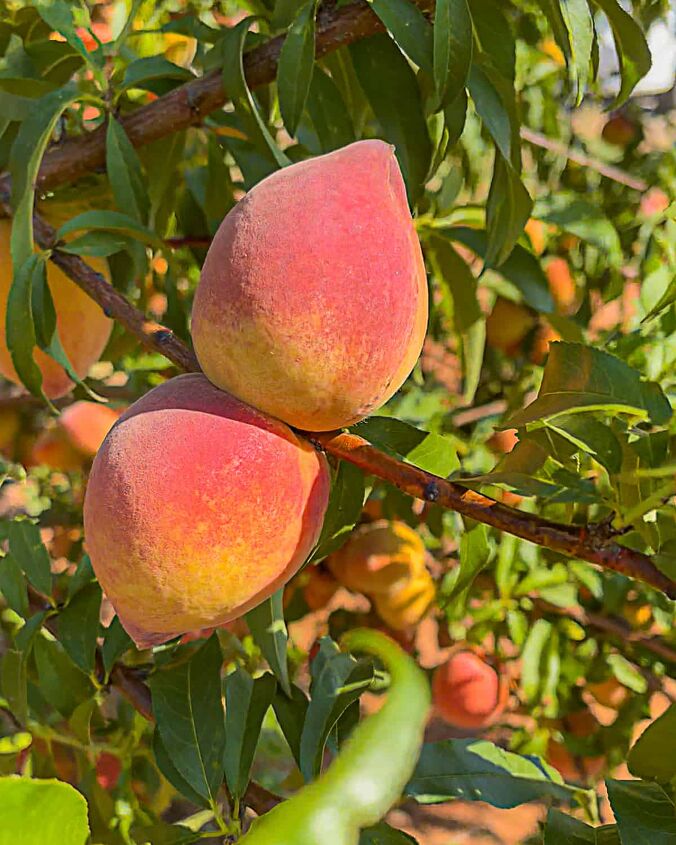






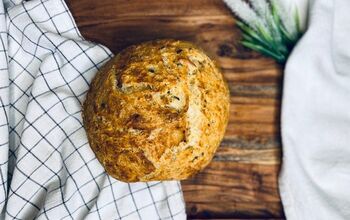

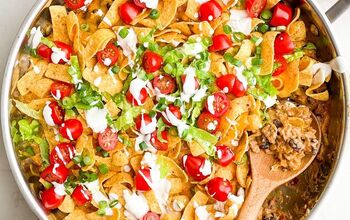



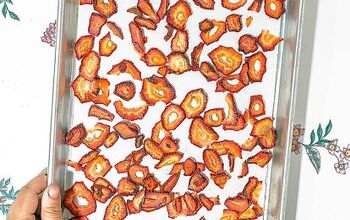
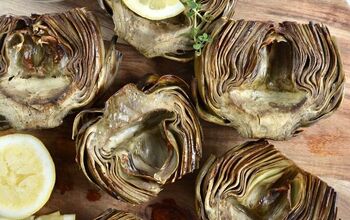



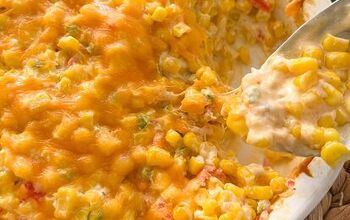






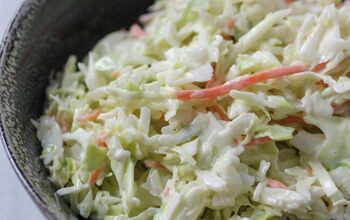
Comments
Share your thoughts, or ask a question!